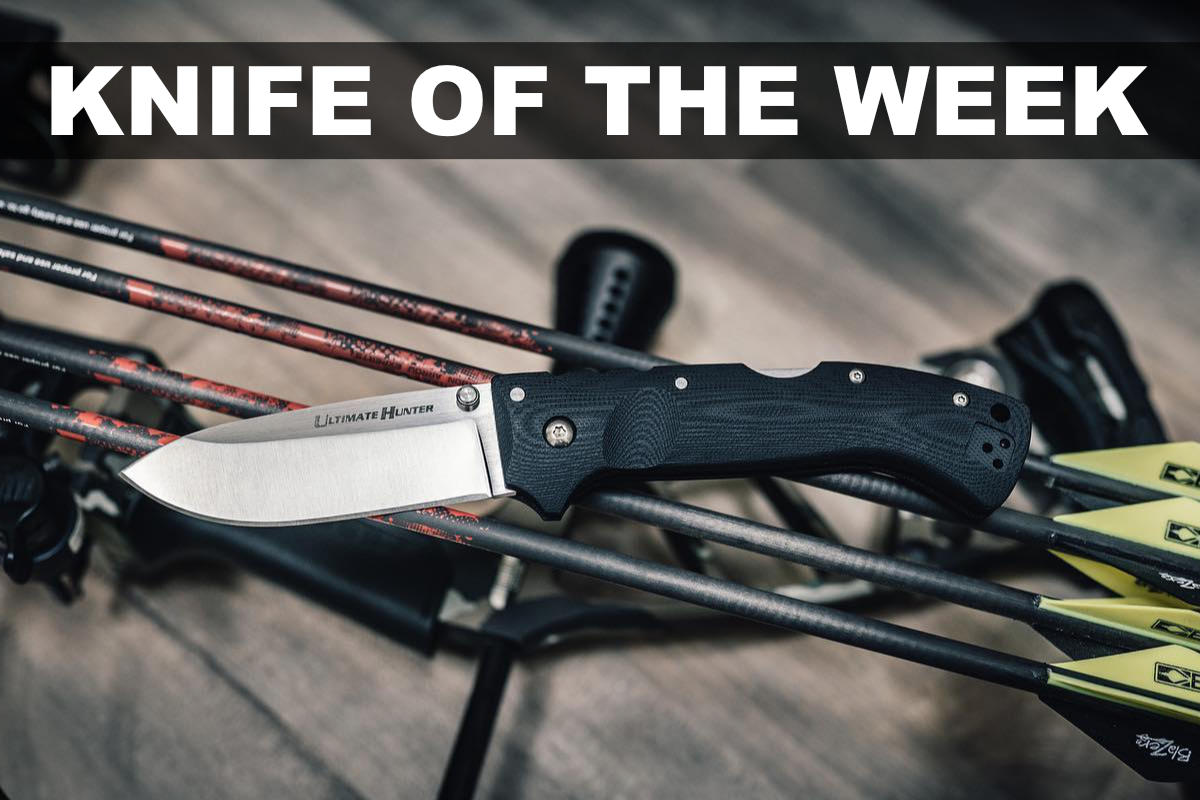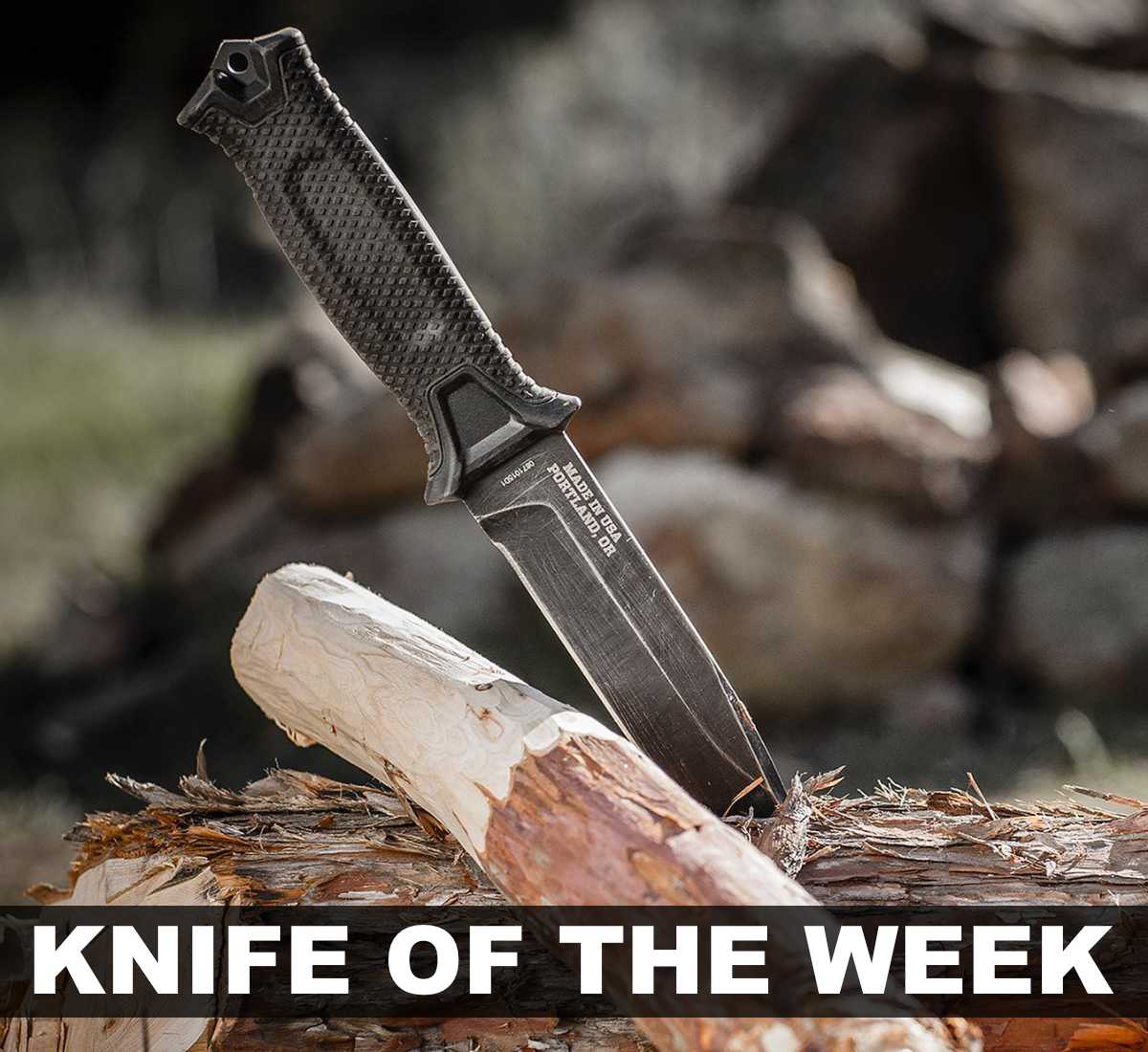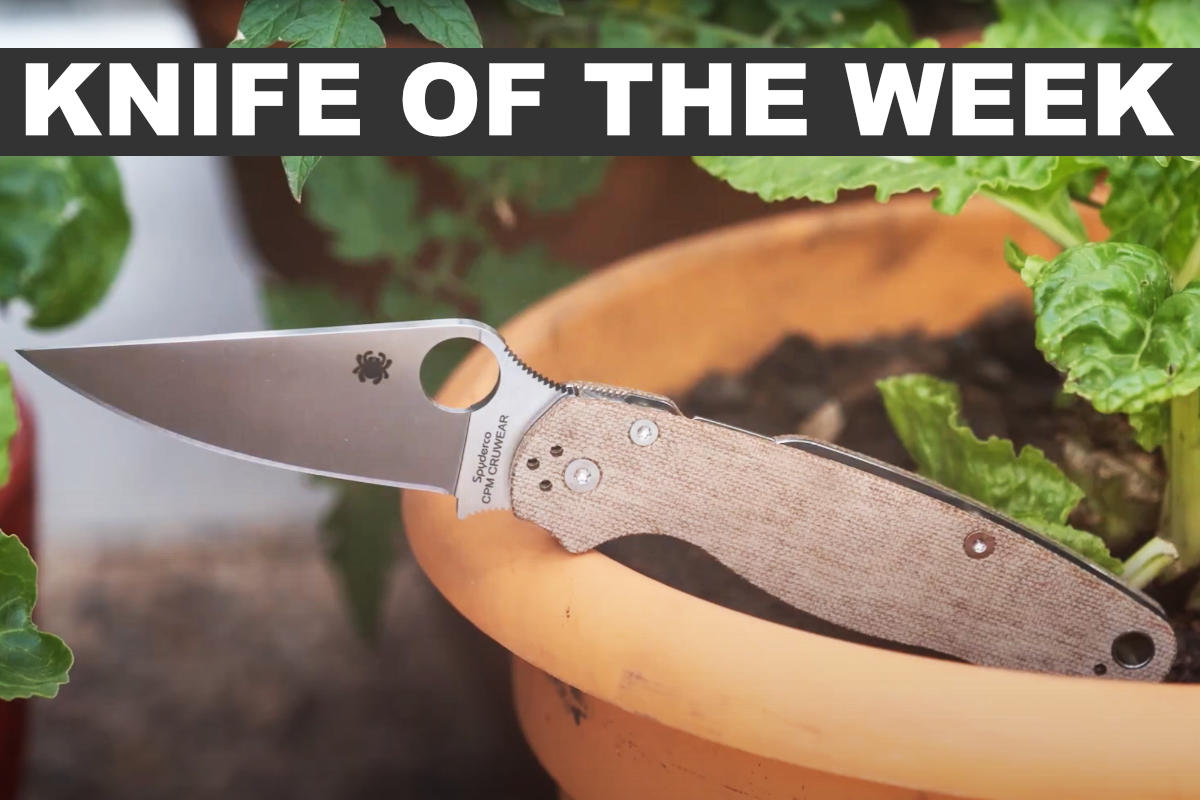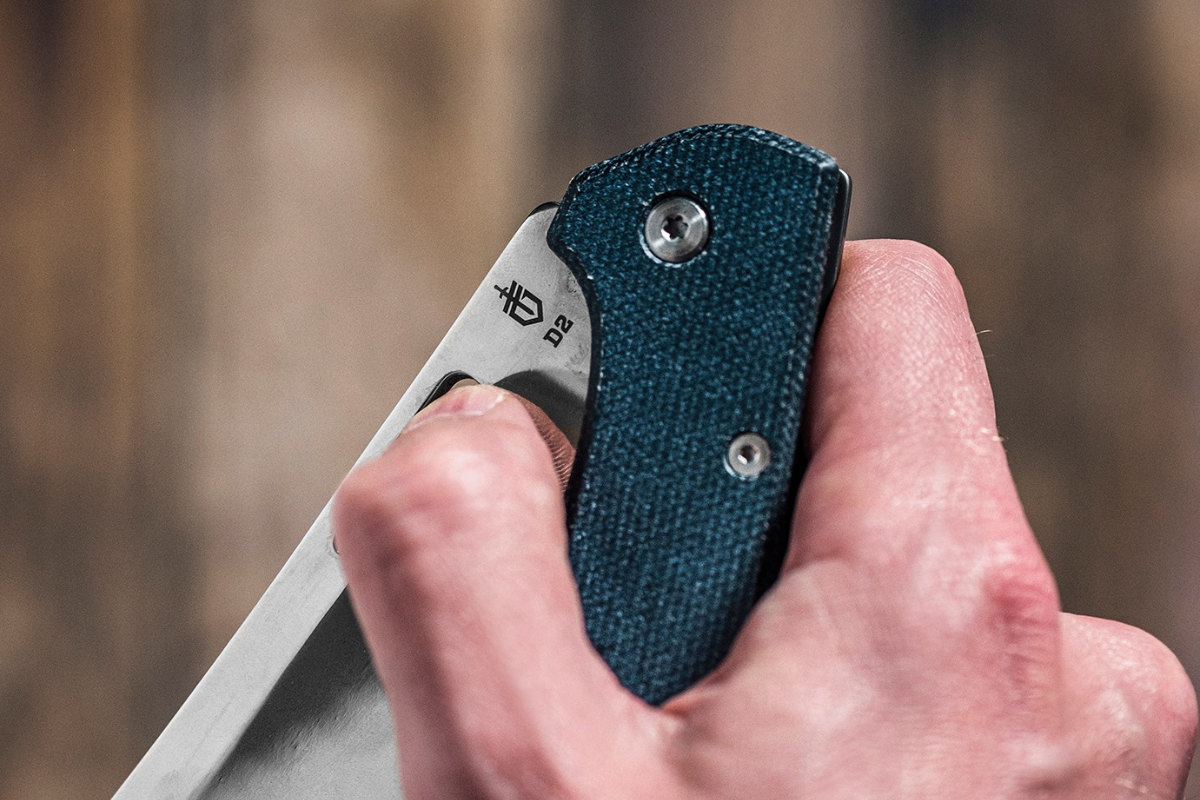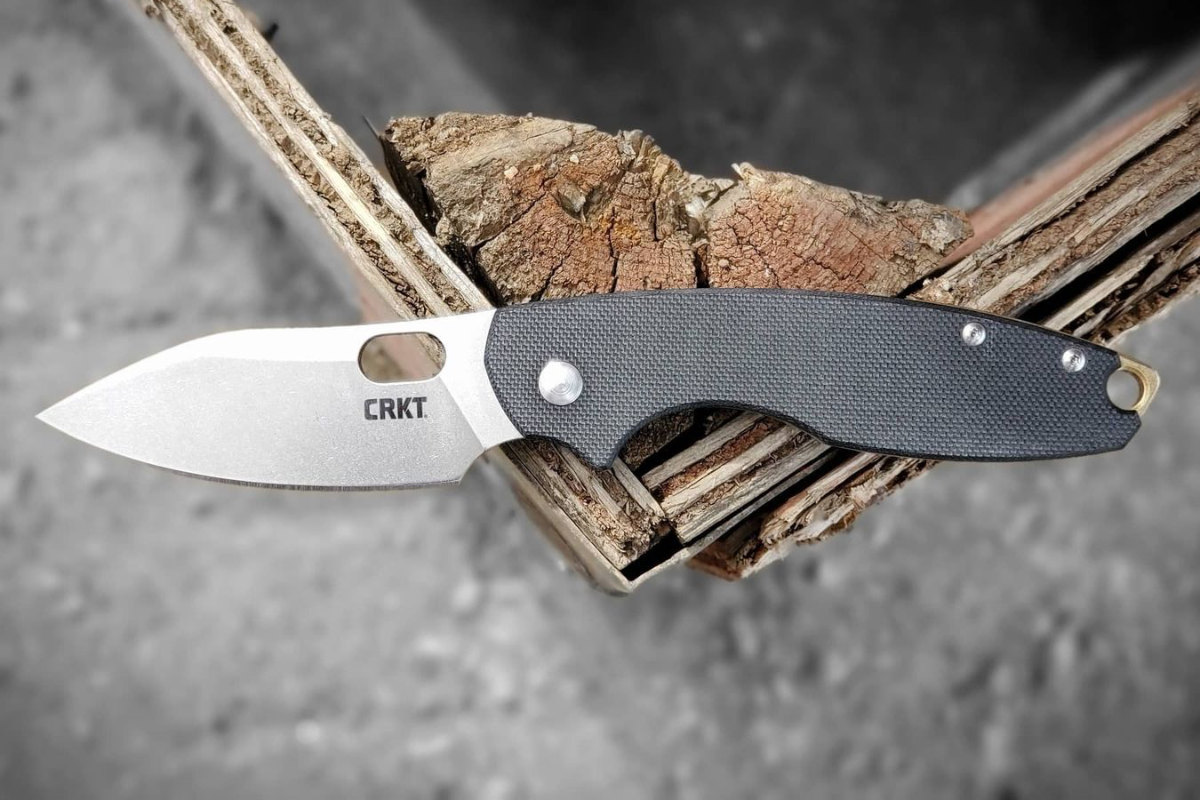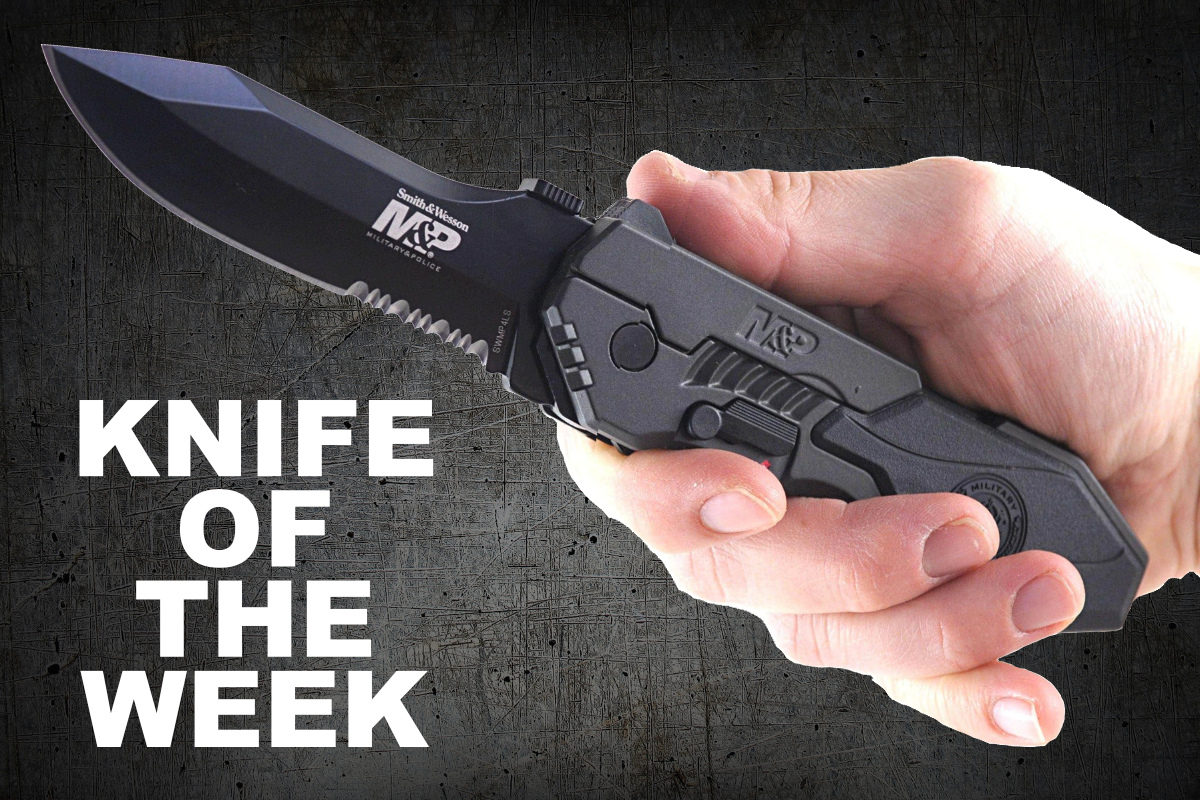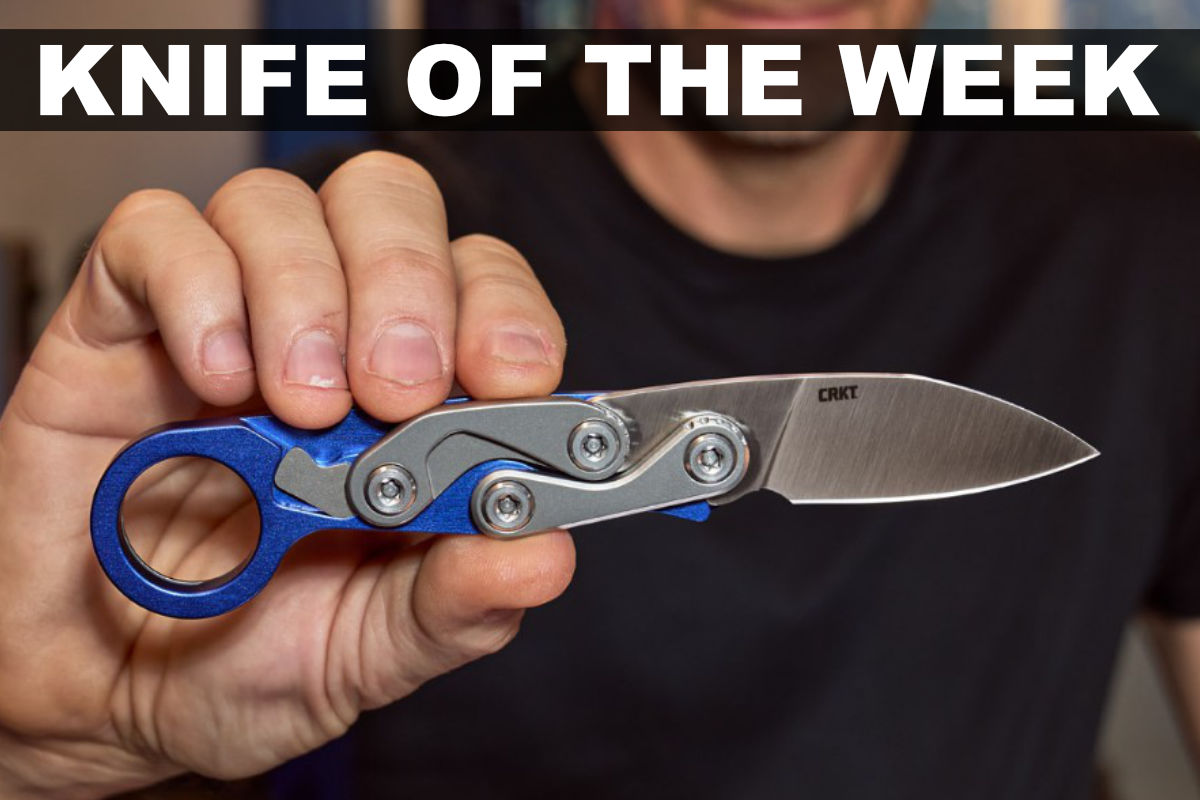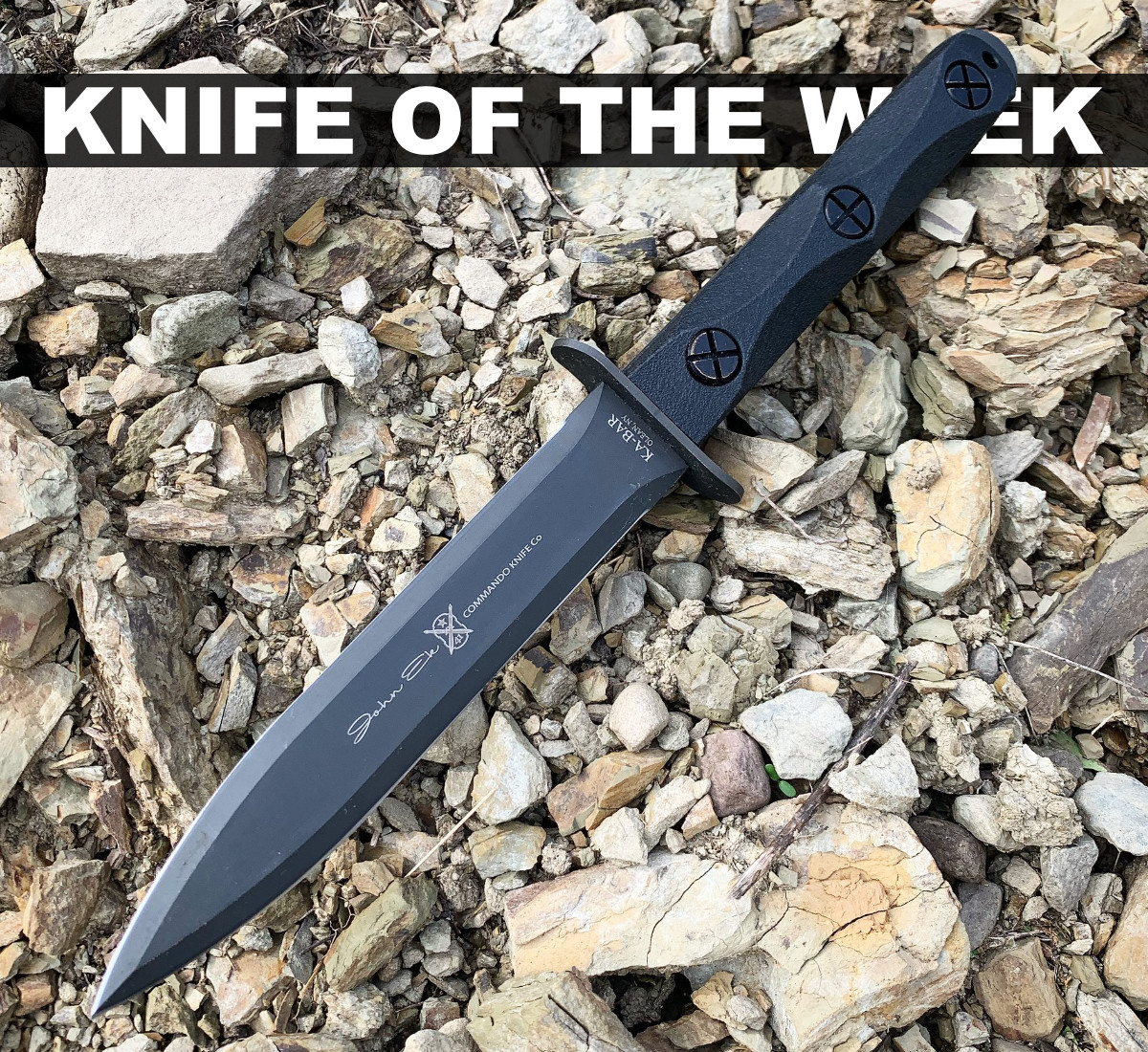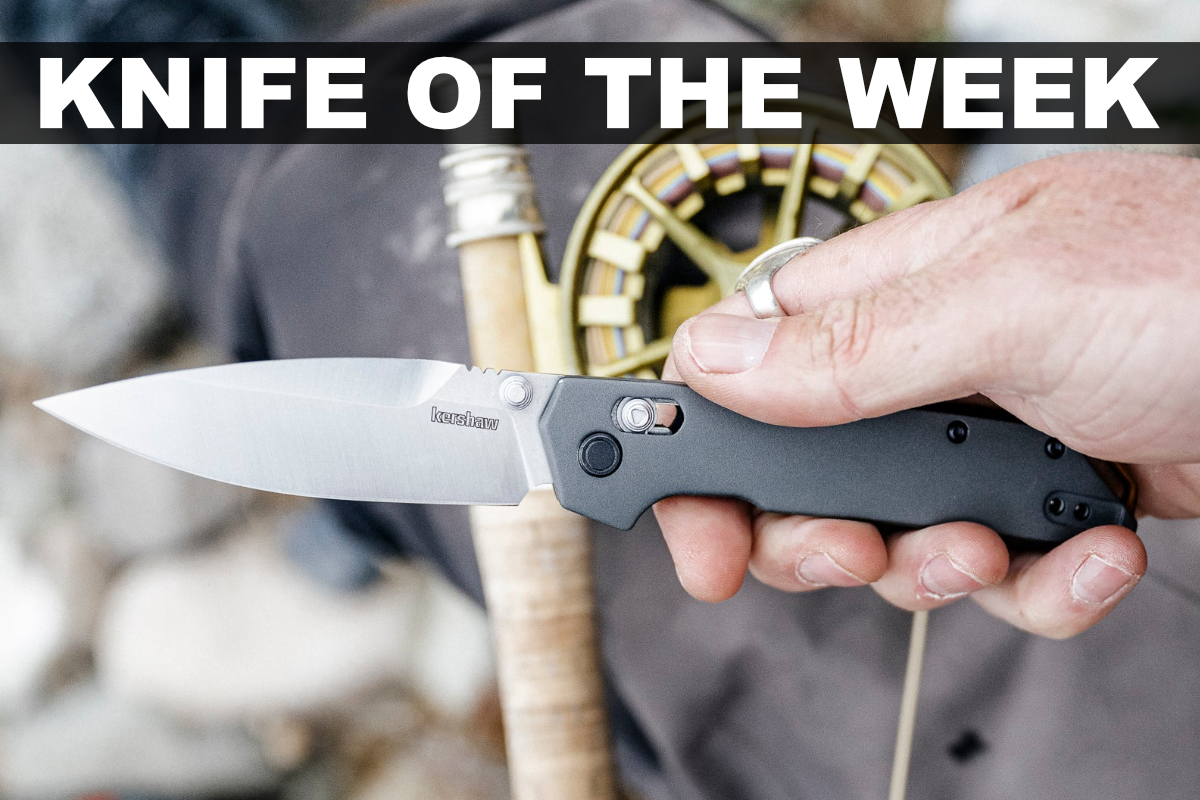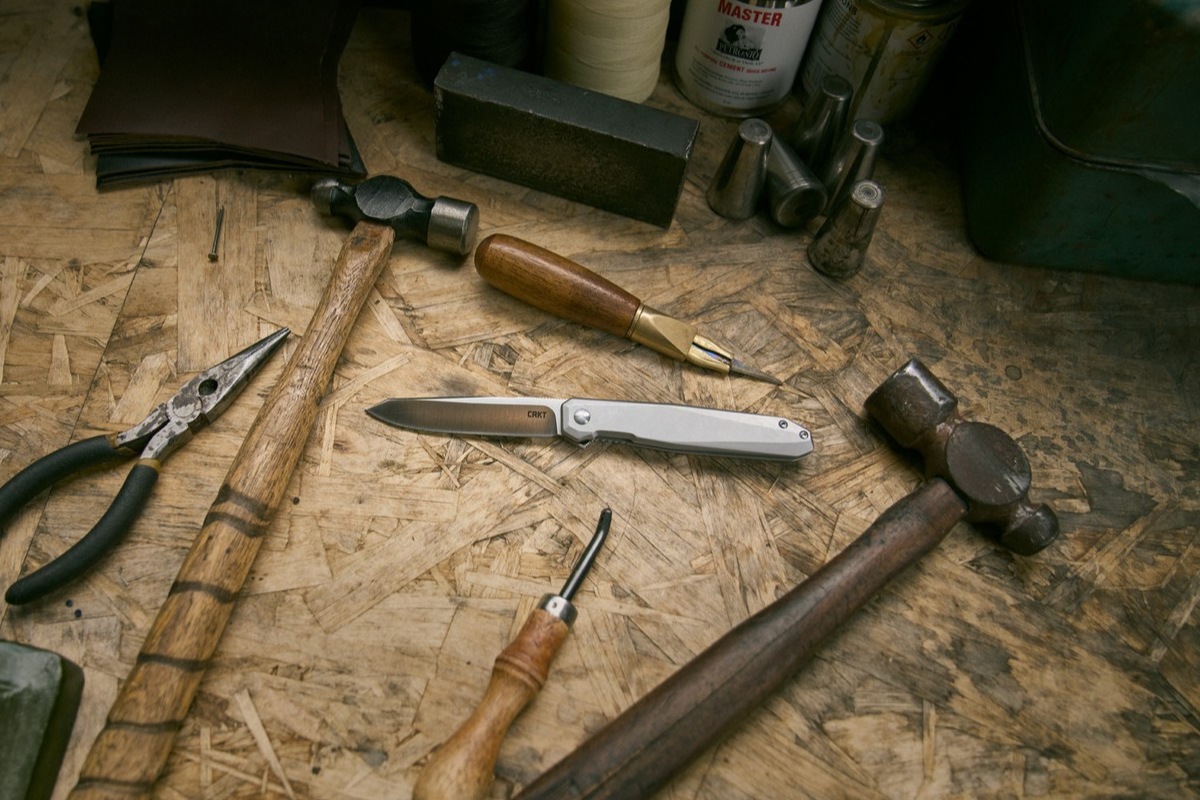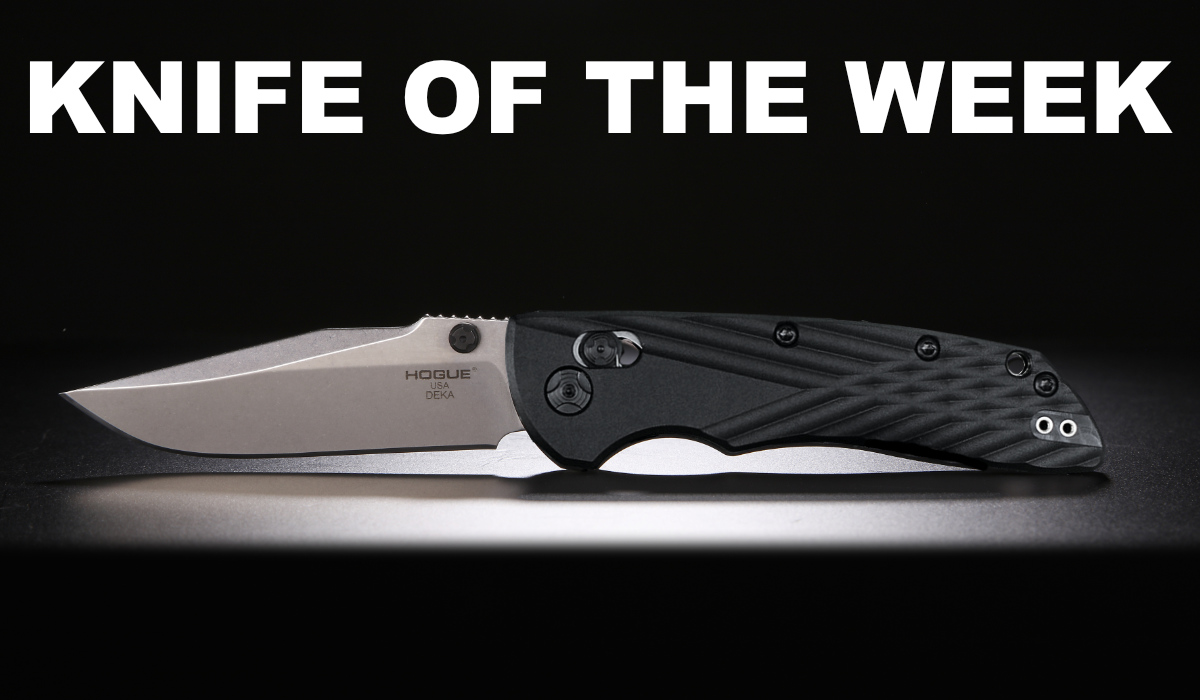The folding hunter is an iconic knife design that almost every knife company has tried to mimic. But instead of making a carbon copy of the classic 110, Cold Steel decided to forgo tradition and make a folding hunter that’s modern and better.
The result is the Cold Steel Ultimate Hunter.
Cold Steel skips the tired clip-point blade profile of the other folding hunters and opts for a drop-point blade, a profile Bob Loveless popularized for its versatility as a hunter.
Its 3.5-inch blade uses premium S35VN steel with a bead-blasted finish and a full-flat grind. It essentially makes the Ultimate Hunter a folding version of Bob Loveless’ beloved fixed-blade hunter.
